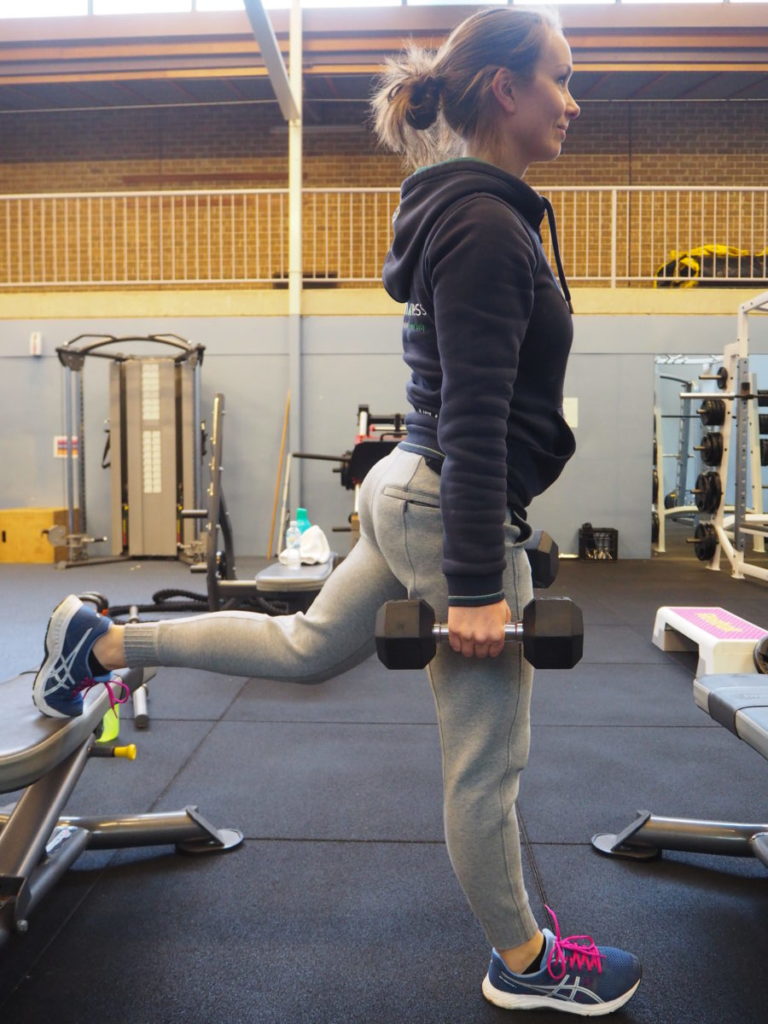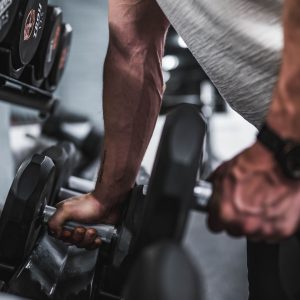31 Jul Bulgarian Split Lunge
Bulgarian Split Lunge
Why Do The Trainers At s2f Love Split Lunges?
As well as testing your balance to the max – which will improve core strength – the Split Lunge is a powerhouse of a leg workout, it’s all about your glutes, quads and hamstrings.
Here’s the best thing about it, though – almost every sport in the world (running very much included) requires that you drive off one leg at a time, so if you haven’t got some one-legged work in your training plan, then you’re missing a trick.
The Split Lunge is your answer - it’s easier on the lower back than a full-on back squat, making it a great alternative when coming back from injury or for people with limited movement in their spine. It also gives the lower back a break from the spinal load of a back squat while still hitting the glutes, quads and hammies, for a great lower body workout.

Here’s How To Do It Better...
1. Find yourself a step, bench or any other contraption that you can rest a foot on, it needs to be about knee height.
2. Get into a forward lunge position with your torso upright, core braced and hips square to your body, with your back foot elevated on the bench. Your leading leg should be half a metre or so in front of the bench.
3. Lower until your front thigh is almost horizontal, keeping your knee in line with your foot. Don't let your front knee travel beyond your toes.
4. Drive up through your front heel back to the starting position, again keeping your movements measured.
Repeat 10 to 20 times then swap to the other leg.
Bulgarian Split Lunge Form Tips
Get Your Distance Right
The closer you stand to the bench, the more the Bulgarian split lunge will emphasise your quads – though if you’re too close, it might give you some knee pain. Standing further away will tax your hip flexors more heavily, though it could also strain your groin. Experiment to find a distance that works for you.
Experiment With Weight
There are lots of ways to hold the weight in a Bulgarian Split Squat. The simplest is the goblet – holding a dumbbell upright in front of you, like it’s a goblet you’re about to drink out of.
Dumbbells are an easier option than a barbell in this exercise, making them a good first step up from the unweighted version. Hold a dumbbell in each hand and let them hang by your sides as you perform the movement.
Holding a weight in one hand to off-set the balance, will engage the core even more.



